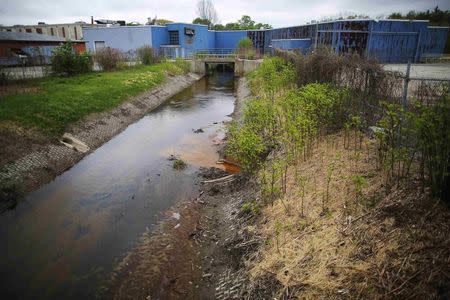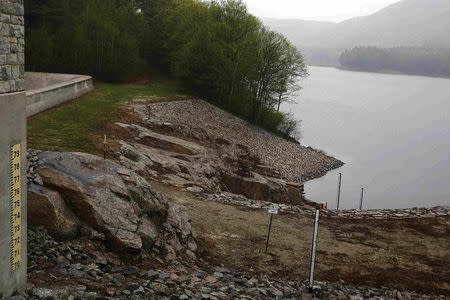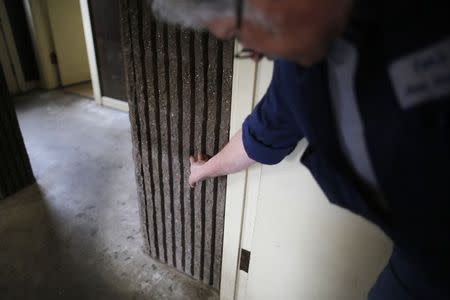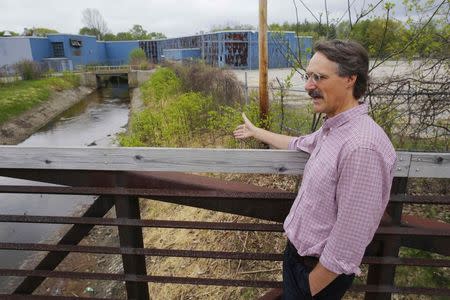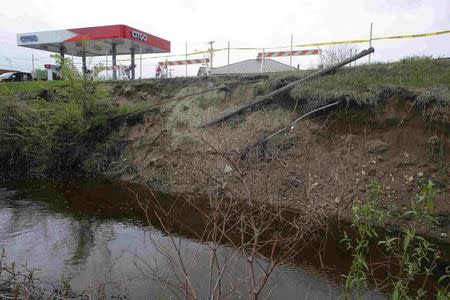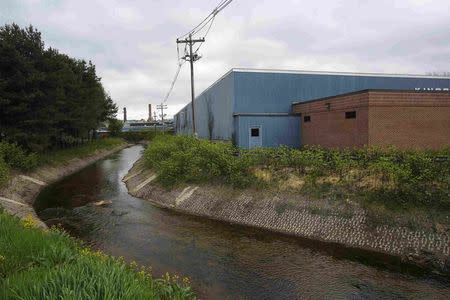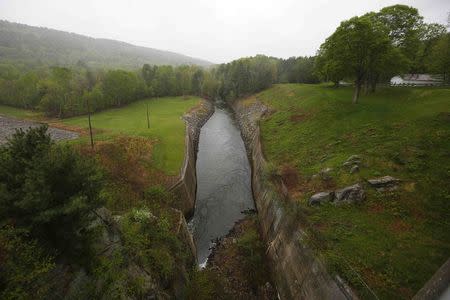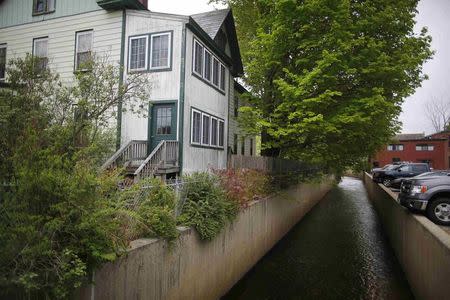New Hampshire city leads fight against inland flooding
By Scott Malone KEENE N.H. (Reuters) - When the rain comes down heavy in Keene, New Hampshire, auto mechanic Tom Stevens knows what to do: Drive the cars to the top of the hill near his garage and get everything else up onto shelves before floodwater starts seeping up through the floor drains. Variations of this drill are second nature to many residents of a city that has dealt repeatedly with the Ashuelot River and Beaver Brook overflowing their banks, bringing three floods considered to be 100-year events in the past decade alone. Recent efforts by the city's 23,000 residents to combat flooding - and wrestle with the potential effects of climate change - have in many ways made Keene a model for municipalities across the country. A White House report on climate change earlier this month praised Keene for its "innovative community engagement methods," as the first U.S. city to develop a climate adaptation plan with ICLEI, an international organization of local governments concerned with sustainability. But Keene, settled in a glacial lake bed 278 years ago, also stands as an example of the enormous costs of coping with extreme weather as the local government wrestles with federal agencies over how to pay for the replacement of washed-out infrastructure. Some residents are fed up. "The city's working pretty hard on it, but it's hard to keep up with the water," said Michael Kiser, owner of a business that fits and sells prosthetic limbs, which has been flooded five times in the past seven years. Each flood has required months of cleanup - ripping up carpet, replacing furniture and sorting through soiled inventory - at a total cost of some $800,000. Now, Kiser is negotiating a deal with the Federal Emergency Management Agency to buy and demolish his low-slung building. 'TIRED OF ALL THIS' While Keene has long faced sporadic flooding, the problem has become more pronounced in recent years, officials and residents said. The last major flood came in May 2012, when about 6 inches (15 cm) of rain fell over five hours. That overwhelmed drainage culverts and inundated the east side of town and prompted residents to demand action. "The neighborhoods on the east side of Keene went, 'Wait a minute, we're really getting tired of all this now,'" said City Planner W. Rhett Lamb. "They came to the city and said, 'What can we do about this?'" The city responded by clearing vegetation and debris from the concrete channels the Beaver Brook runs through in town and shoring up a local dam. It has also strengthened municipal codes to require new businesses and homes, as well as substantially renovated buildings, to move key utilities at least a foot (30 cm) above projected 100-year flood levels. New waterfront developments must leave room for the river to rise in heavy rainstorms. "They are a poster child for how to do this, especially for a smallish to medium-sized city," said Joe Casola, director of science and impacts at the nonpartisan Center for Climate and Energy Solutions. One problem the city is grappling with is how FEMA funds flood-damaged infrastructure. FEMA pays up to 75 percent of the cost of returning a road or culvert to its pre-flood state but typically will not pay to raise a road or widen a culvert to prepare it to handle heavier flooding, Lamb said. "Part of the problem is that the 100-year flood is based on what's happened over the past hundred years," said Lamb. "We should be anticipating what’s going to be happening 50 years from now." The city has turned to politicians including U.S. Senator Kelly Ayotte (R-New Hampshire) to persuade FEMA to change its policy. "Rather than wasting taxpayer money by simply replacing culverts with identical infrastructure that is likely to fail again and require future replacement, municipalities should have the flexibility to upgrade culverts that actually improve capacity to mitigate flooding," said Ayotte spokeswoman Liz Johnson. FEMA officials were not immediately able to comment. The city is considering larger steps to contain future flooding. One involves buying and tearing down a now-vacant 300,000-square-foot (28,000-square-meter) building straddling Beaver Brook, which would expand the amount of space the brook could fill during a flood, said Lamb. "I knew the history of this place when I bought it. The history was it got flooded once every 20 years or so," said Stevens, whose Tom's Auto Service has been badly flooded twice in the past nine years. While he said he has no regrets about buying the site, he would feel differently if it were his home being repeatedly inundated. "Would I want to live here?" he said, as a light rain fell. "No." (Editing by Douglas Royalty)


